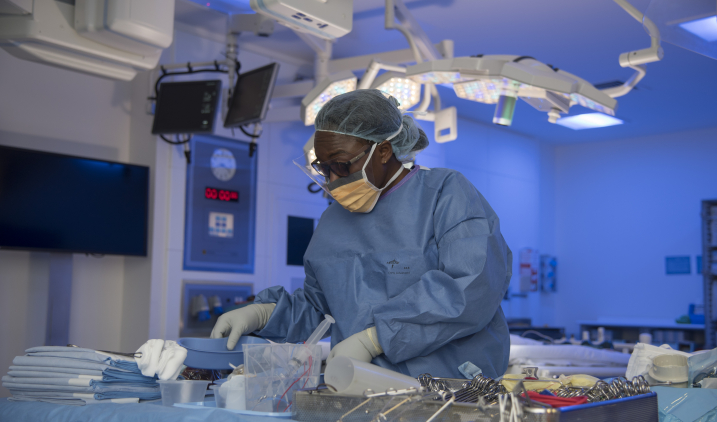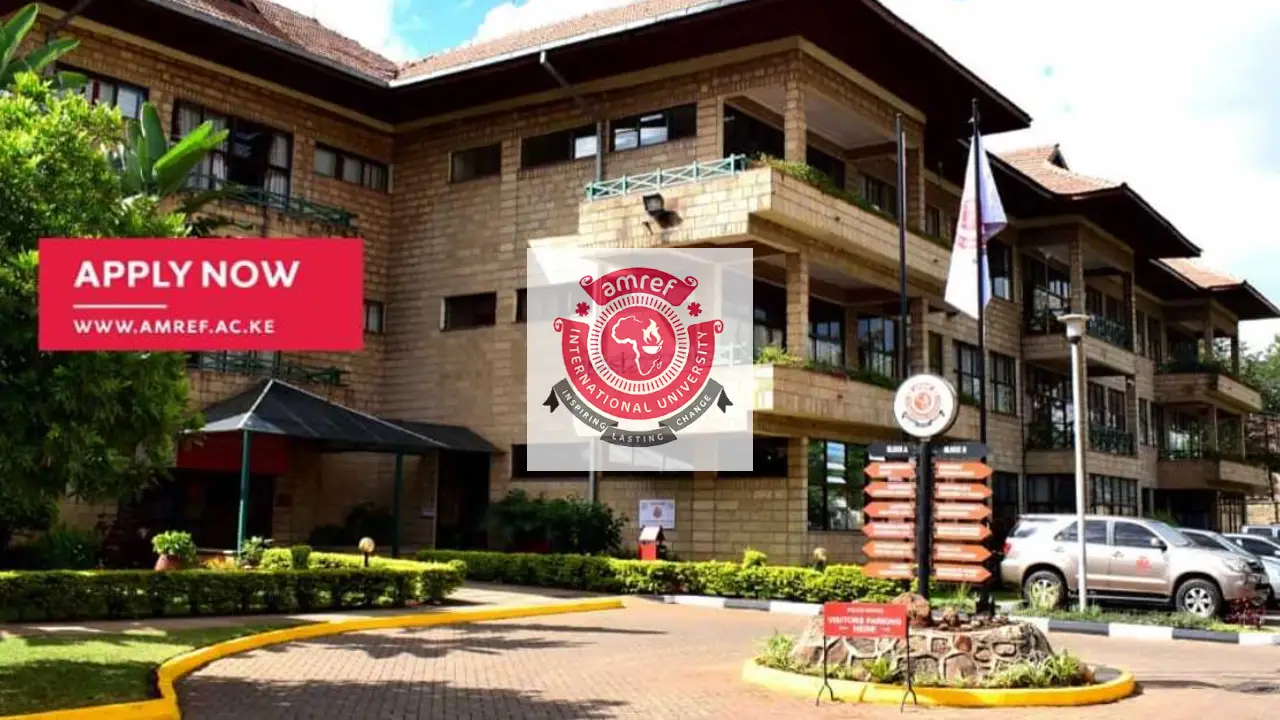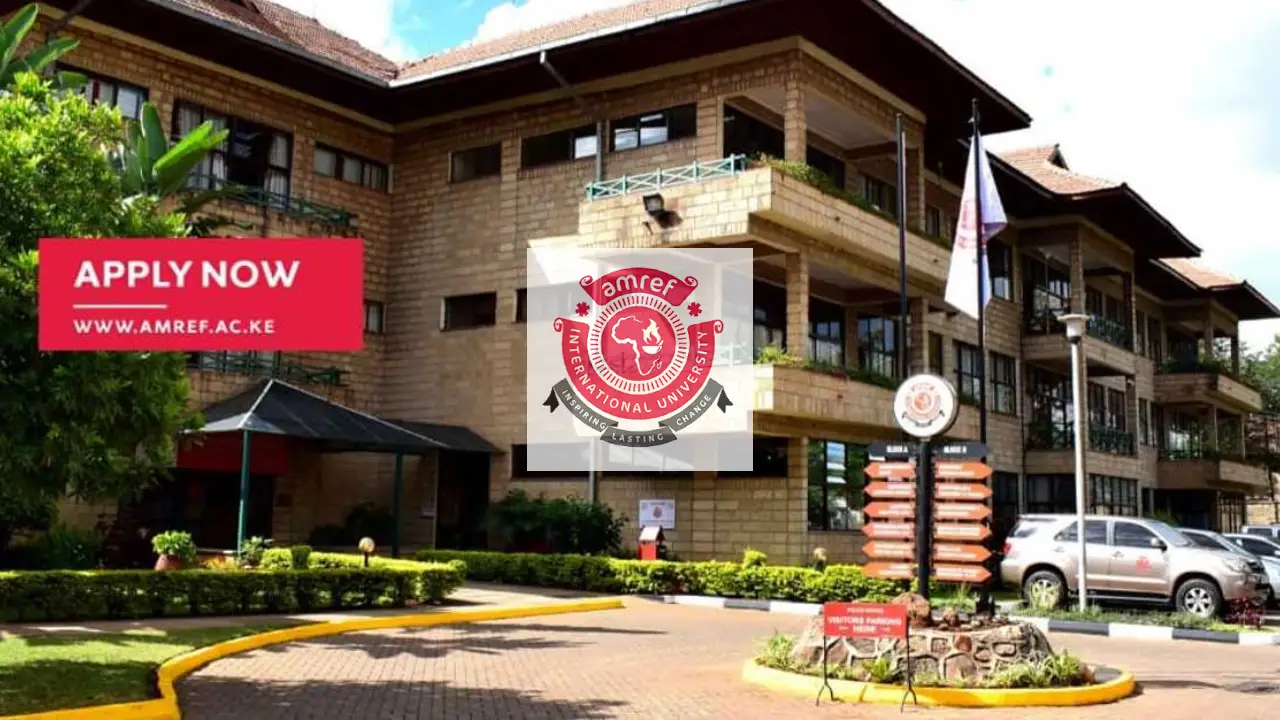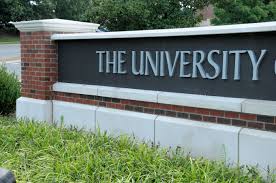
Perioperative Theater Technology (PTT) is a vital component of modern surgical practice, encompassing a wide array of equipment, techniques, and technologies that enhance surgical procedures. PTT focuses on improving patient safety, surgical precision, and overall efficiency in the operating room.
Key Components of Perioperative Theater Technology
Surgical Instruments and Equipment:
- Precision Instruments: A variety of specialized tools, including scalpels, forceps, retractors, and clamps, are used for delicate surgical tasks.
- Endoscopic Equipment: Instruments such as endoscopes and laparoscopes enable minimally invasive procedures, allowing surgeons to perform complex surgeries through small incisions.
- Power Tools: Drills, saws, and other power-assisted devices are used for bone cutting, tissue dissection, and other critical tasks.
Anesthesia Equipment:
- Anesthesia Machines: These devices administer controlled amounts of anesthetic gases and medications to ensure the patient remains unconscious during surgery.
- Monitoring Devices: Vital signs monitors, pulse oximeters, and blood pressure cuffs track key patient parameters, alerting the anesthesia team to any changes during surgery.
Imaging Technology:
- Fluoroscopy: Real-time X-ray imaging allows surgeons to guide procedures, particularly in orthopedic and vascular surgeries.
- Ultrasound: High-frequency sound waves generate detailed images of internal organs, helping surgeons visualize and navigate during minimally invasive operations.
- Intraoperative Imaging: Advanced imaging techniques such as 3D imaging and augmented reality provide surgeons with detailed, real-time visuals to assist in decision-making.
Sterilization and Disinfection Equipment:
- Autoclaves: These high-pressure, high-temperature devices sterilize surgical instruments and other equipment, preventing the risk of infection.
- Disinfection Machines: Ultrasonic cleaners and other disinfection technologies effectively remove contaminants from surgical tools and equipment.
Surgical Lighting:
- High-Intensity Lights: Powerful lights illuminate the surgical field, ensuring optimal visibility for the surgical team during complex procedures.
The Role of Perioperative Theater Technology
- Enhanced Patient Safety: Advanced technologies help reduce the risk of surgical errors and complications, ensuring a safer experience for patients.
- Minimally Invasive Surgery: PTT facilitates less invasive procedures, resulting in faster recovery times, reduced patient discomfort, and shorter hospital stays.
- Improved Surgical Outcomes: Precision instruments and cutting-edge imaging technologies contribute to better surgical results and fewer complications.
- Increased Efficiency: Streamlined workflows and automated systems improve the use of operating room time, allowing for more effective and timely procedures.
As technology continues to advance, the role of perioperative theater technology will only grow, shaping the future of surgery. Healthcare professionals who embrace innovation and stay up-to-date with the latest advancements will be better equipped to provide the highest quality care to their patients.
Perioperative Theater Technology Education in Kenya
Perioperative theater technology is a growing field in Kenya, with several colleges offering specialized training programs to develop highly skilled professionals. These institutions equip graduates with the knowledge and practical experience to contribute significantly to the country’s healthcare sector.
Key Colleges Offering Perioperative Theater Technology Programs in Kenya
- Sister Leonella Consolata Medical College: Known for its strong emphasis on medical education, Sister Leonella offers a comprehensive PTT program. Students gain hands-on experience in state-of-the-art simulation laboratories, preparing them for real-world surgical settings.
- Kenya School of Medical Science and Technology (KSMST): Located in Thika provides a well-structured PTT course covering a broad range of topics, including surgical instrumentation, sterilization, and patient care. KSMST is affiliated to, and is domiciled within the Central Memorial Hospital.
- Thika School of Medical and Health Sciences (TSMHS): TSMHS offers both certificate and advanced certificate programs in perioperative theater technology. The curriculum is designed to equip students with the latest surgical techniques and industry standards.
- Imperial College of Medical and Health Sciences (ICMHS): ICMHS provides both certificate and diploma programs in PTT, focusing on practical training and clinical exposure to ensure students gain hands-on experience.
Why Choose a Career in Perioperative Theater Technology?
A career in perioperative theater technology offers numerous benefits:
- High Demand: As healthcare systems grow and evolve, there is an increasing need for skilled PTT professionals.
- Diverse Career Opportunities: PTT professionals can work in a variety of settings, including hospitals, private clinics, and specialized surgical centers.
- Job Satisfaction: Contributing to positive patient outcomes and being an integral part of the surgical team can be deeply rewarding.
- Career Growth: With further education and experience, PTT professionals can advance into supervisory or management roles within the operating room or healthcare facility.
The Future of Perioperative Theater Technology in Kenya
As Kenya’s healthcare sector continues to expand, the demand for qualified perioperative theater technicians is expected to rise. Through investment in high-quality education and training, the colleges mentioned above are playing a pivotal role in shaping the future of surgical care in the country. As healthcare technology evolves, these programs ensure that the next generation of PTT professionals is prepared to meet the challenges and opportunities ahead.
In conclusion, Perioperative Theater Technology is the backbone of modern surgery, ensuring that surgeries are performed safely, efficiently, and with precision. As medical technology continues to advance, the role of PTT will only become more crucial in enhancing surgical outcomes and improving patient care.










